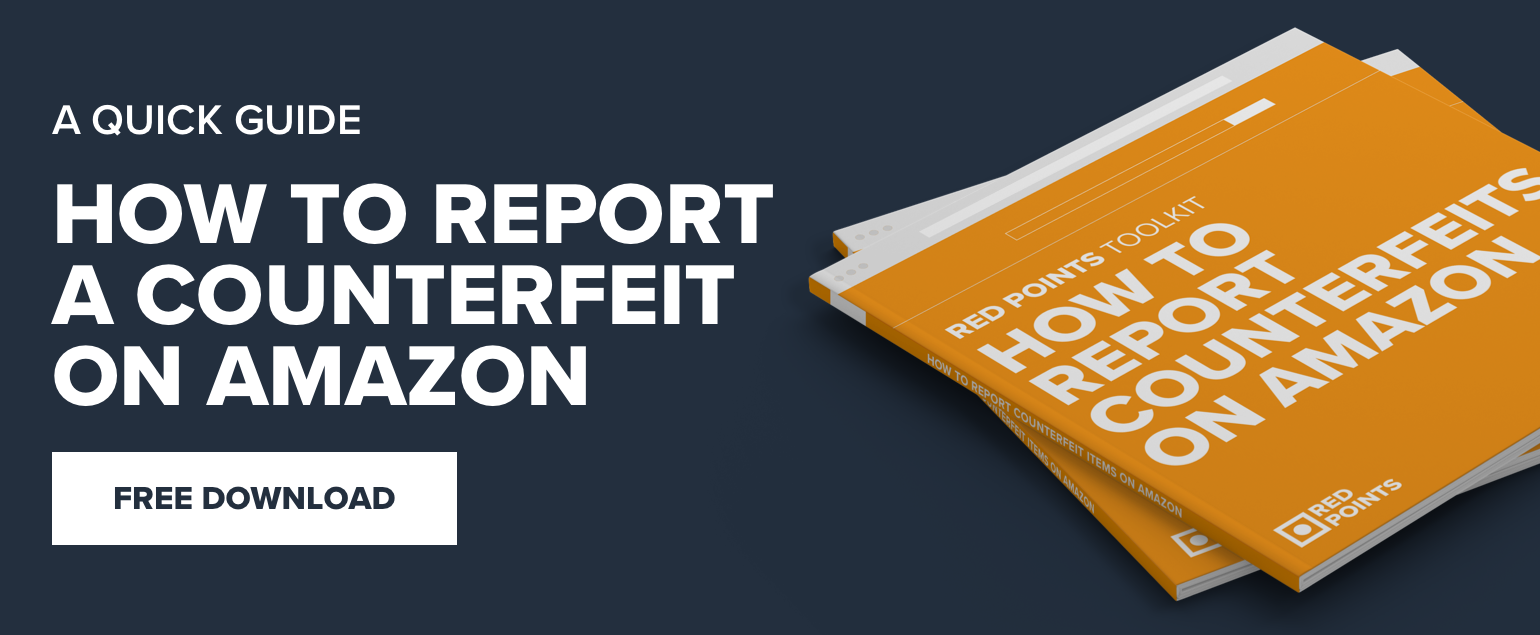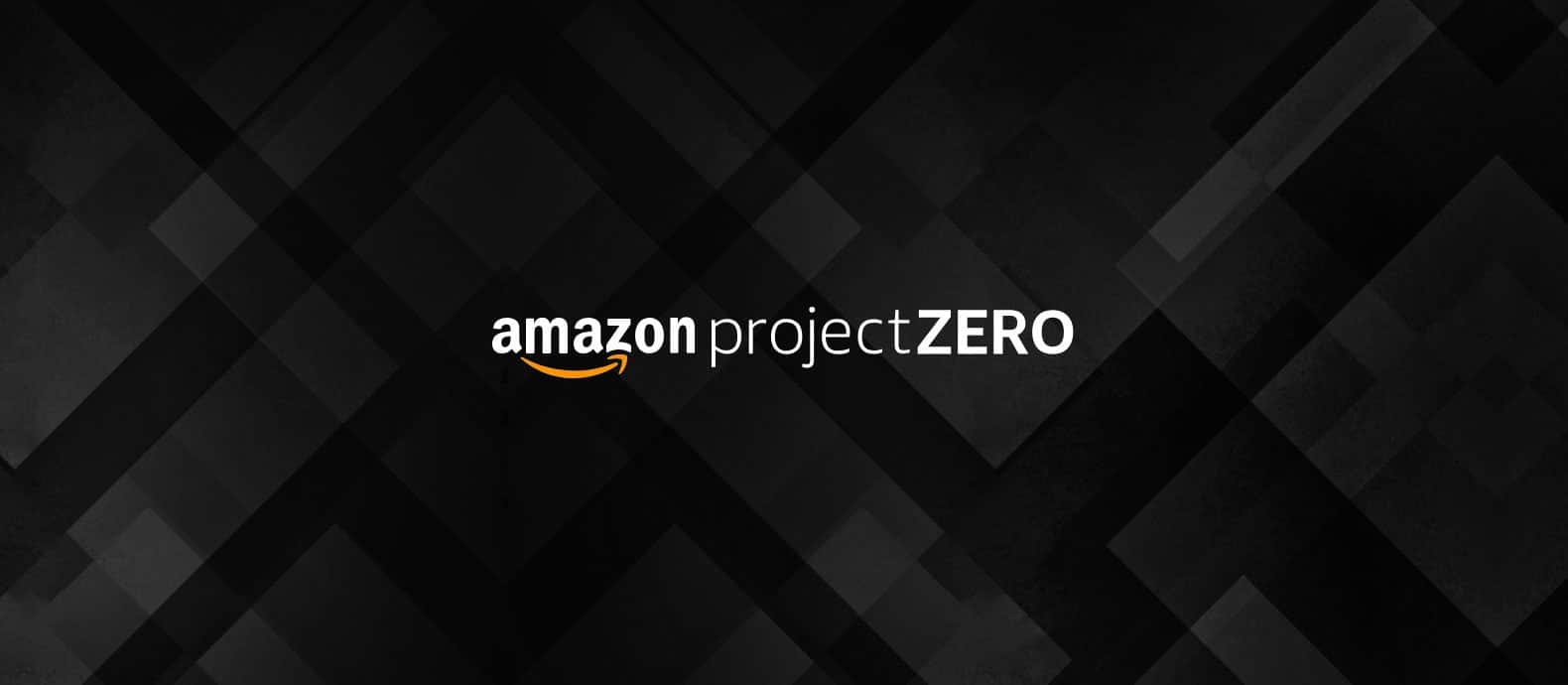The presence of counterfeit products is a real problem that harms not just brands but also buyers.
Fake products cause a loss of about $323 billion every year. They can be defined as products that pretend to be real, i.e: have the same packaging and design but not the same quality.
To better protect brands on its site, global ecommerce giant, Amazon, introduced the Amazon Transparency Program. Here’s what you need to know about the program:
Summary:
- Amazon Transparency is a product serialization service to help authenticate brands.
- The program is currently available in limited countries.
- As part of the program, each brand is given codes for individual products.
What is the Amazon Transparency Program?
It is a product serialization service that Amazon uses to authenticate items before they are shipped.
Introduced in 2017, the program is designed to identify and eradicate counterfeit products from the platform. It works by having ‘protected products’ pass an additional authentication process before they can reach the final delivery stage.
The company tested the tool by first launching it for its own line of products as a pilot. It now, however, is available in a number of countries including the United States, Germany, Canada, France, India, Australia, Spain, Italy, and the United Kingdom. The company plans to introduce the concept in other marks in the future.
The program applies to both third-party sellers and brand owners. This means that if a third-party seller tries to “hijack” a listing and sell fake products, their items will get flagged and won’t reach the buyer.
Why Stop Fake Products?
About 39 percent of online marketplaces contain fake products. You will find them on search engines and mobile apps as well. In fact, about 20 percent of all advertisements promote fake products. Some of the most widely hit industries include make-up, skincare, supplements, and medication.
Here’s why it is important to stop fake products from flooding the market:
They Are Unsafe
Since fake products are not regulated and licensed, they don’t always meet the required safety standards and can be unsafe to use.
They Are Bad for Brands
Most people do not know when they’re buying a fake product. They purchase and use it assuming it to be ‘real’ and often get disappointed due to low quality, which can cause them to lose faith in a brand. This can impact brand image and cause the real company to lose clients.
Destroys the Ecommerce Industry
A large number of people stay away from online stores due to the presence of fake products. They prefer to go to a physical location and inspect a product first.
Waste of Money
Fake products only benefit one person – the seller. They usually cost less to make than original products and are often sold at the same price despite not being worth it. At the end of the day, the buyer feels robbed off.
How Can I Sign Up?
You must meet the eligibility requirements to get enrolled in the program:
- Your brand must be registered and you must be able to verify your account as the real brand owner.
- You must have a Global Trade Item Number (GTIN), such as an EAN barcode.
- You must be able to apply unique codes on every manufactured unit.
Those who meet these requirements can go here to register.
Amazon Transparency Program: The Benefits
The program benefits both brands and customers. Here are some of the reasons why you should consider it:
Helps You Earn More
Buyers selling counterfeit products are your competitors that take away your potential customers. By identifying and removing such sellers, you will be able to make more sales since sellers will have nowhere else to go but come to you.
Reduce Damage Caused by Fakes
Counterfeiters can damage your Amazon business if you fail to take the right steps to protect yourself. They can undercut you on price, skimming a huge amount of money from your listing. Moreover, complaints against your products (even if sold by someone else) can cause Amazon to shut down your store to investigate the matter.
Safeguards Your Reputation
Customers don’t like to receive fakes, especially if they ordered a real product. Receiving cheap or counterfeit items can cause customers to get unhappy and leave negative feedback on your page or social media handle. This can impact your reputation and discourage others from buying your product. This is of huge importance since 84 percent of users trust online reviews.
Amazon Transparency Program: How it Works
Transparency makes use of a product labeling system to prevent fakes from reaching the buyer. The proactive system involves Transparency-enabled barcodes that are provided to companies by Amazon.
Businesses under the program are required to apply these codes to every unit of a product, even if the product isn’t designed for Amazon. If it’s protected, the manufacturer must add a code to it.
GTINs and UPCs are also used for a similar purpose but they are specific to a brand, hence not very effective. Transparency codes are product or unit-specific and do a better job of preventing fakes. This means that a company that produces 1 million units will have 1 million unique codes for each product.
Amazon will verify barcodes before shipping any product to a buyer. If a unit does not get authenticated, i.e.: the code doesn’t match, the company will stop delivery, mark it as a potential counterfeit item, and investigate the matter.
In addition to manufacturers, the company is also working with buyers by offering a mobile app that can be used to authenticate protected products, whether online or at a physical location.
Customers can choose to use a smartphone to scan the code and verify whether a product is original or fake. Moreover, it gives brands the option to share additional information such as ingredients, manufacturing date, place, etc. This offers more transparency and builds trust between brands and buyers.
Conclusion
The Transparency program is a good starting point for brands looking to protect their products from fakes. However, given the sheer amount of counterfeits sold online, this should be complemented by a technology-based solution. Red Points’ Brand Protection Software can help streamline the process of detection and enforcement of IP infringements of your products across the internet to protect your customers and profits. Get in touch today to find out more.






